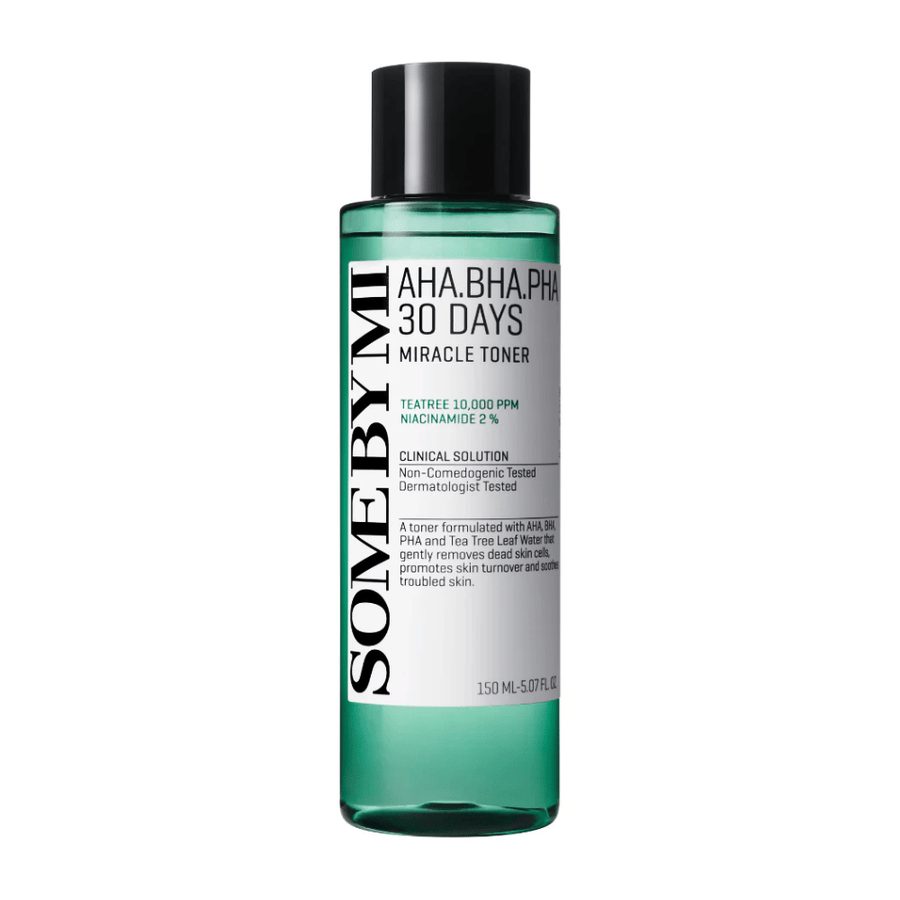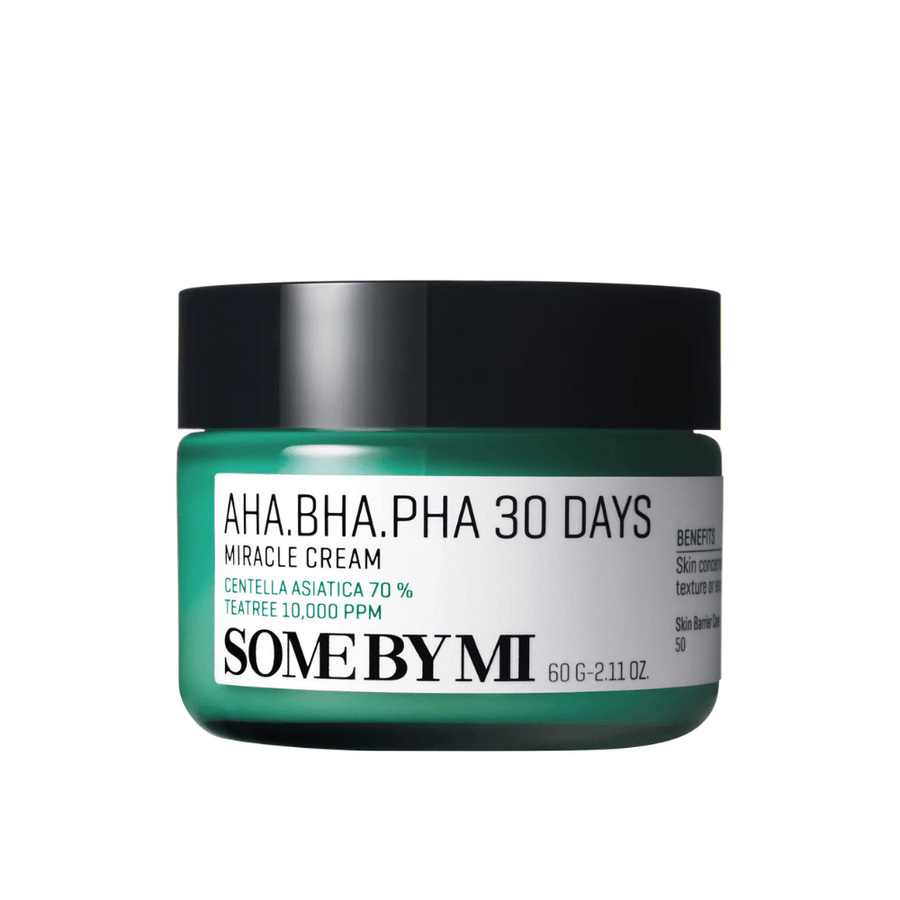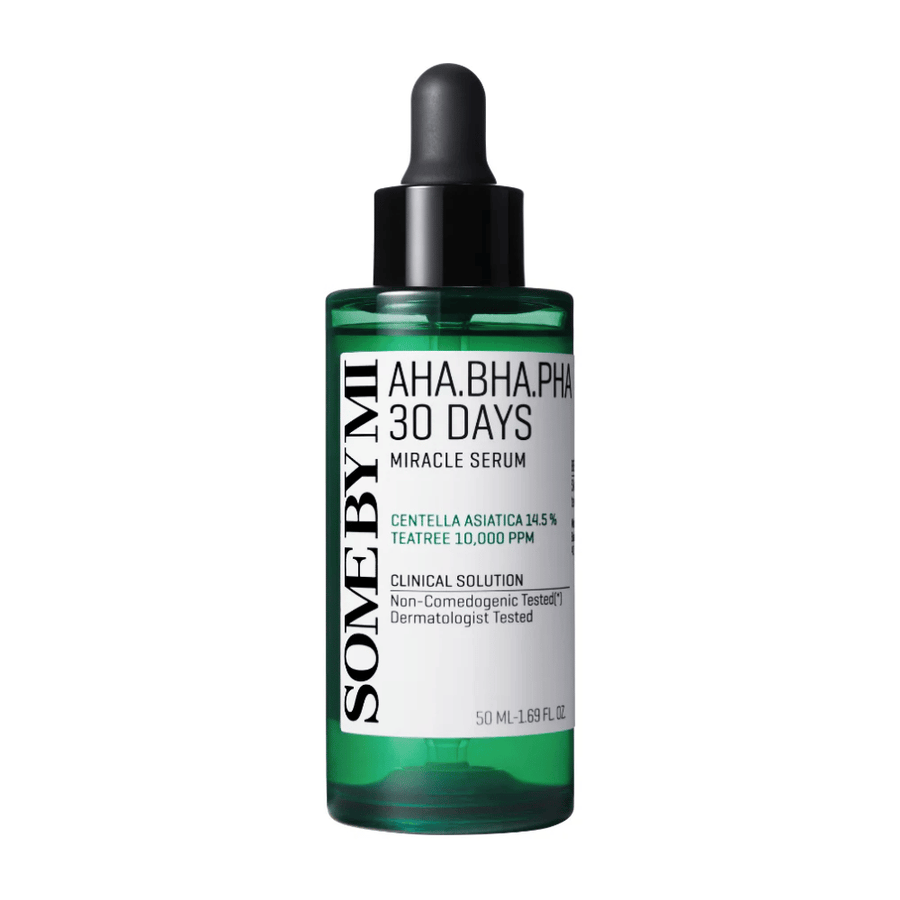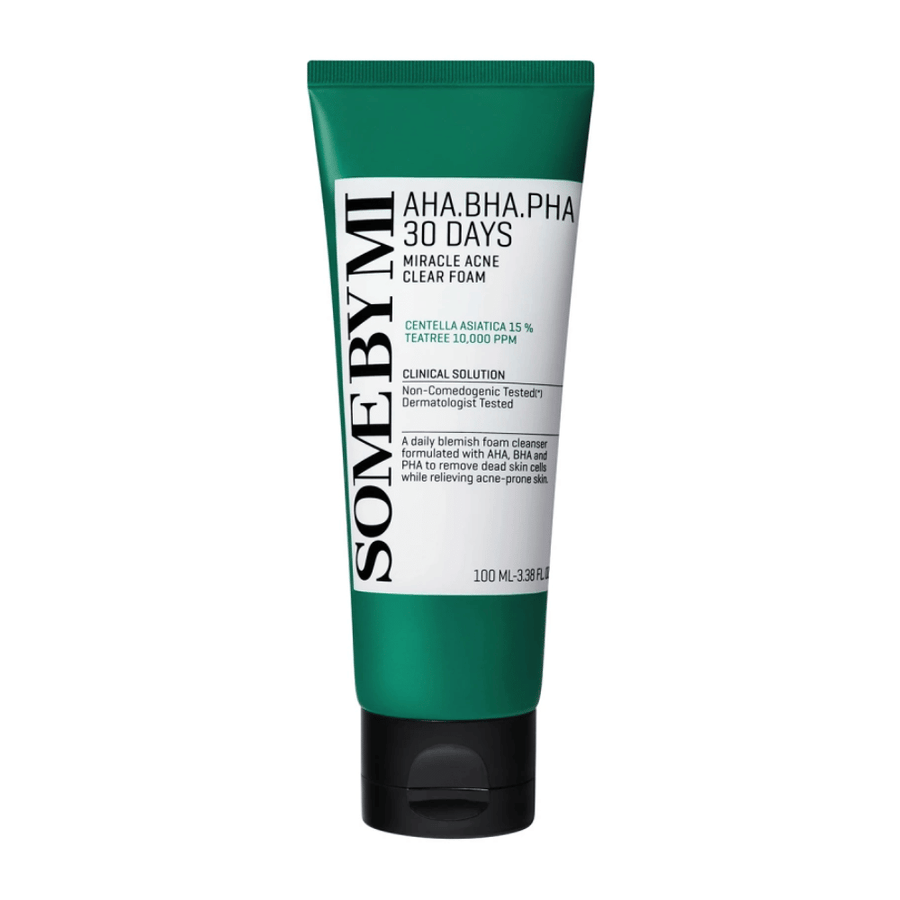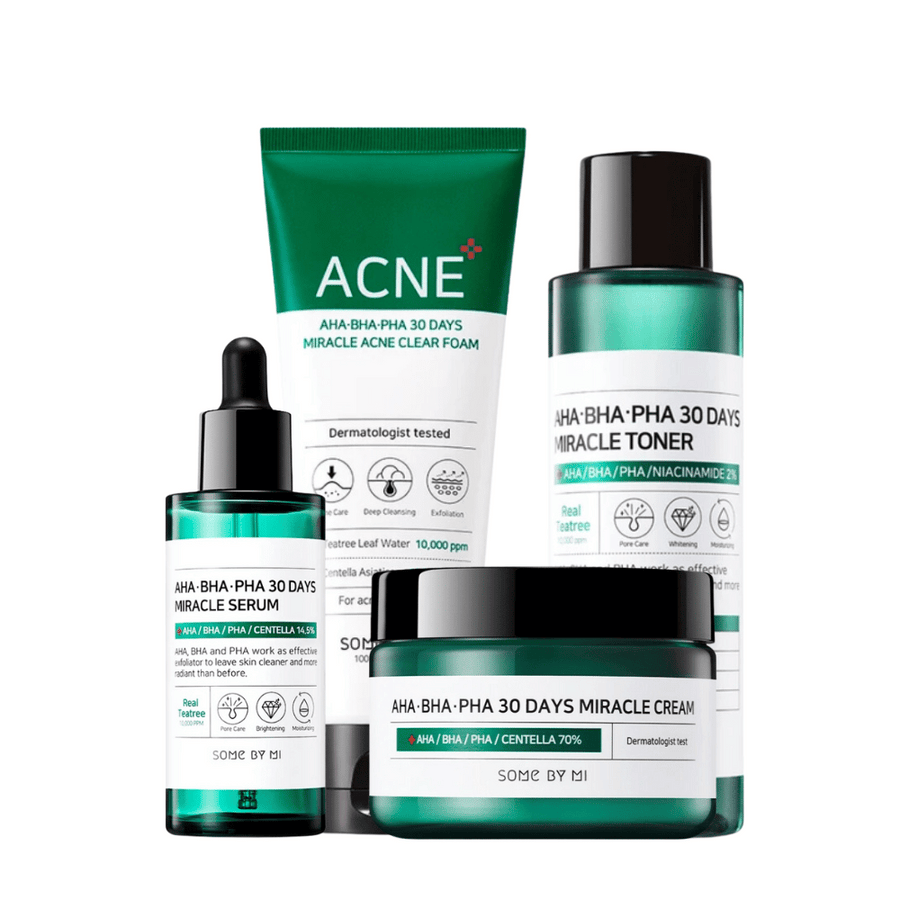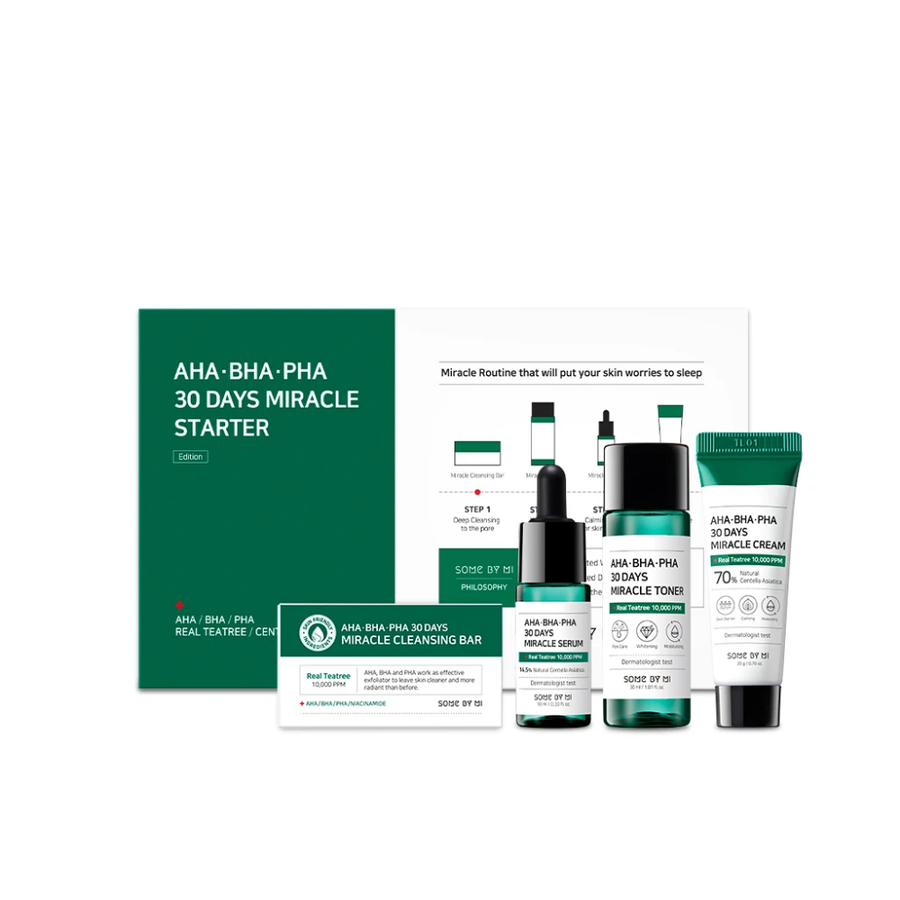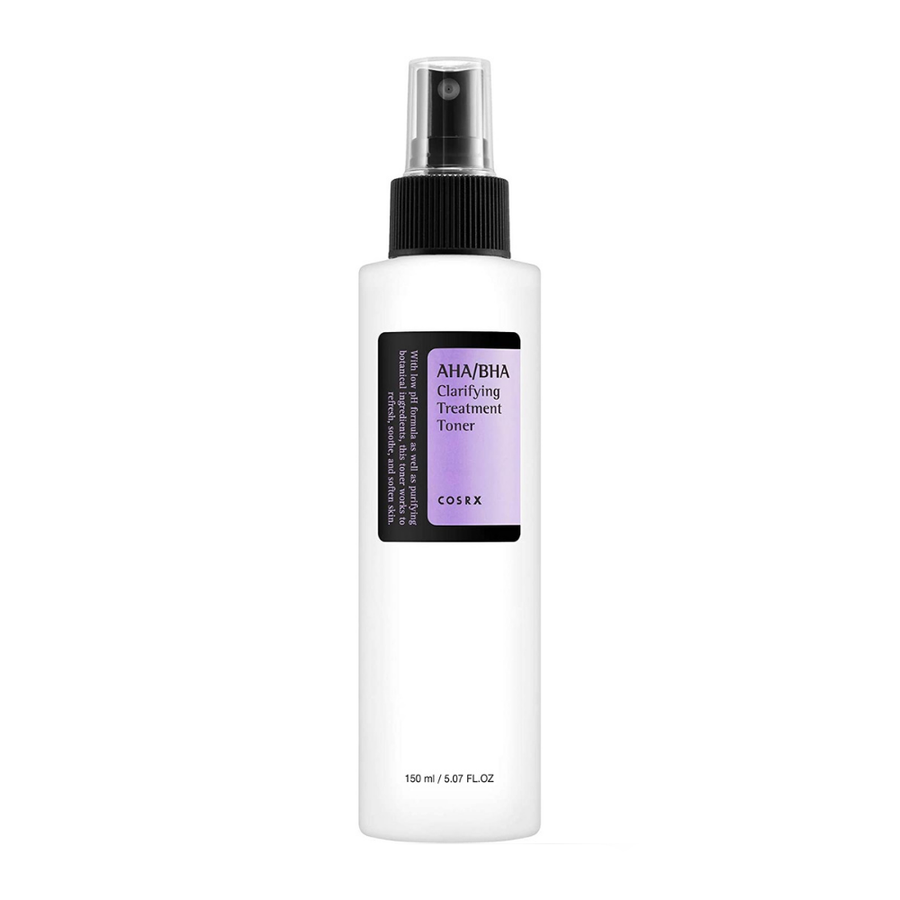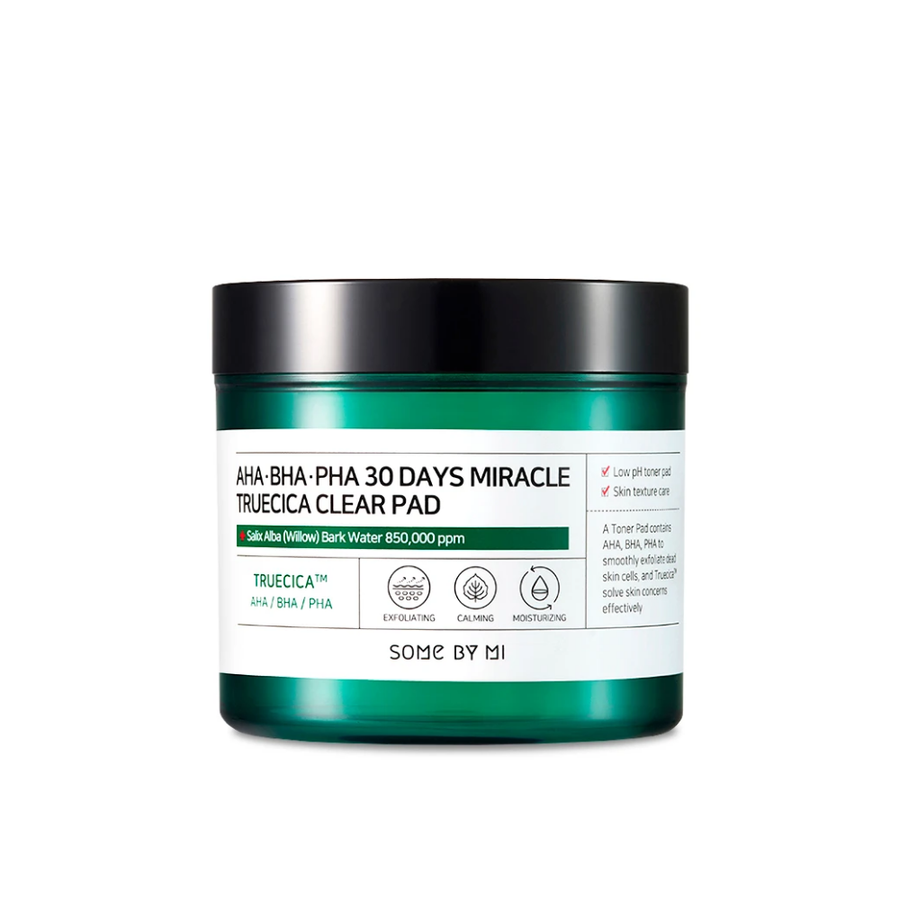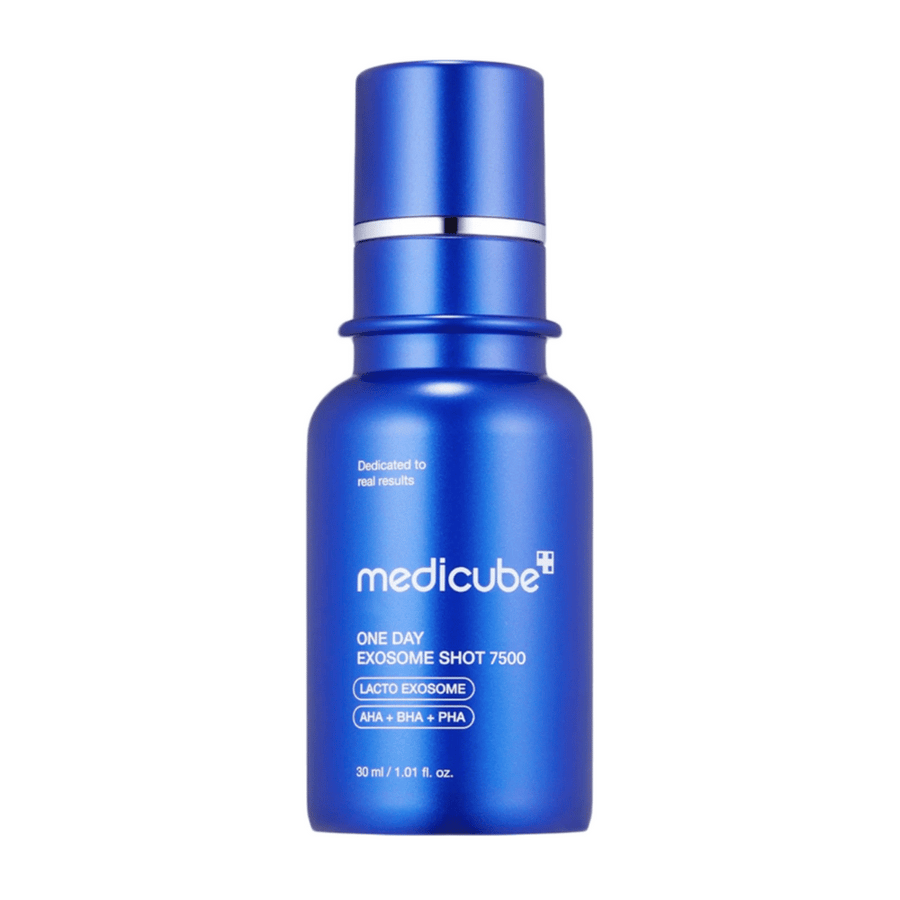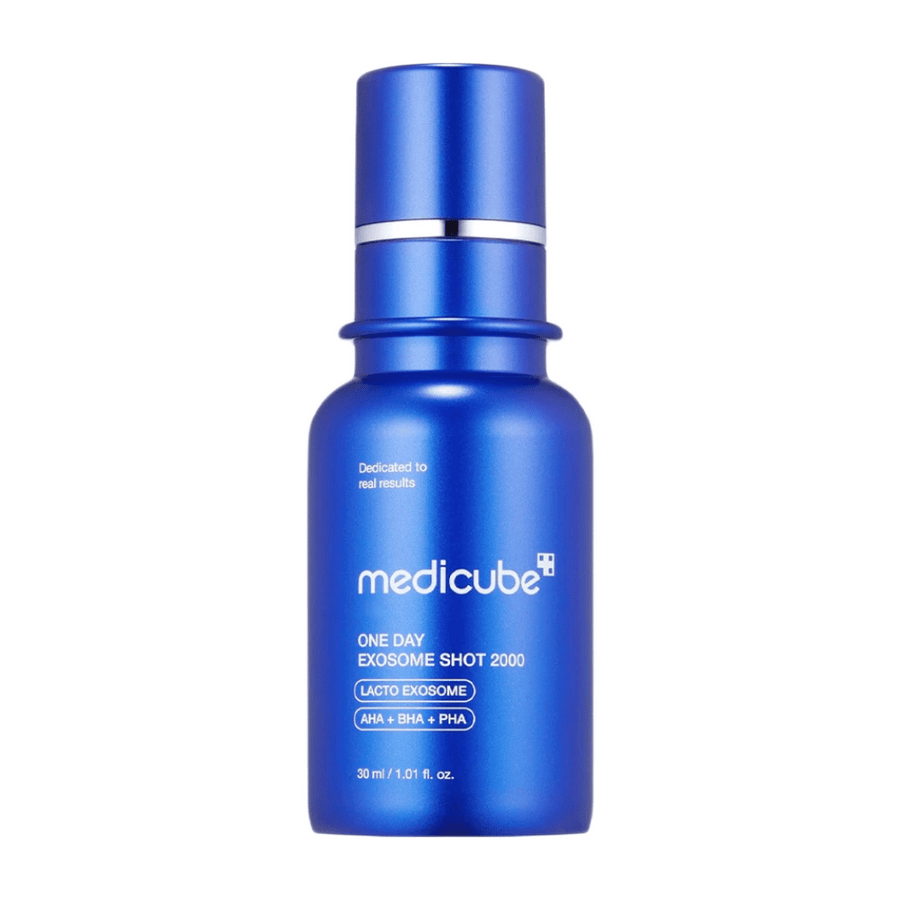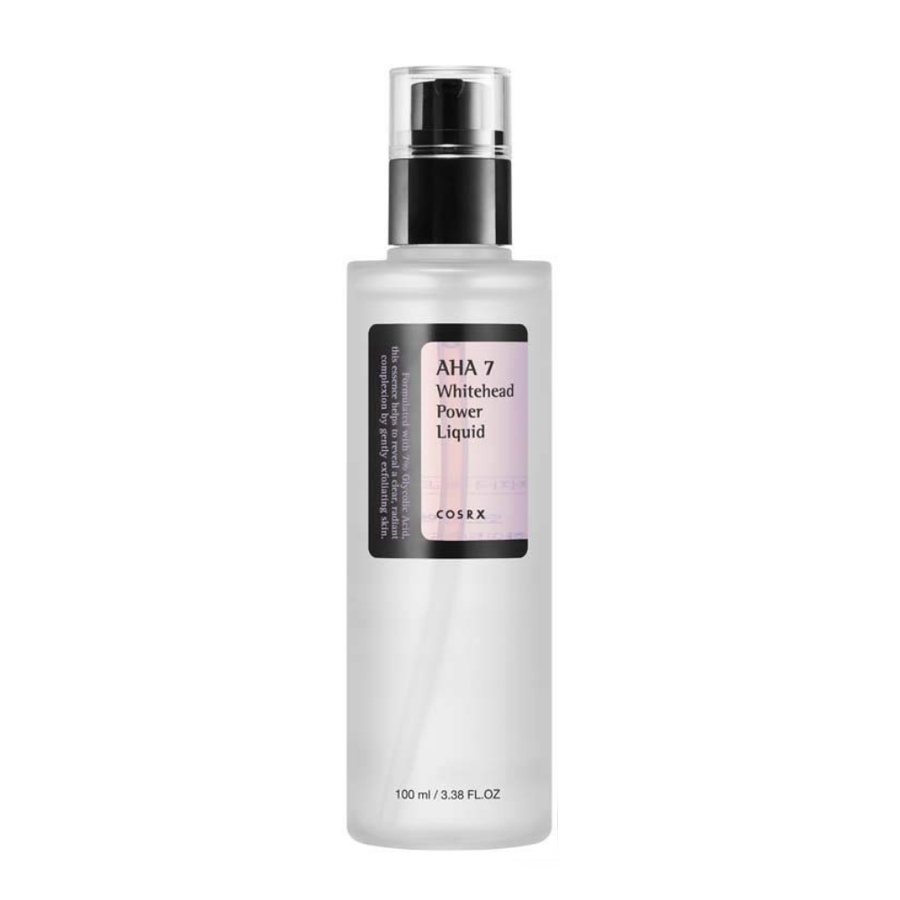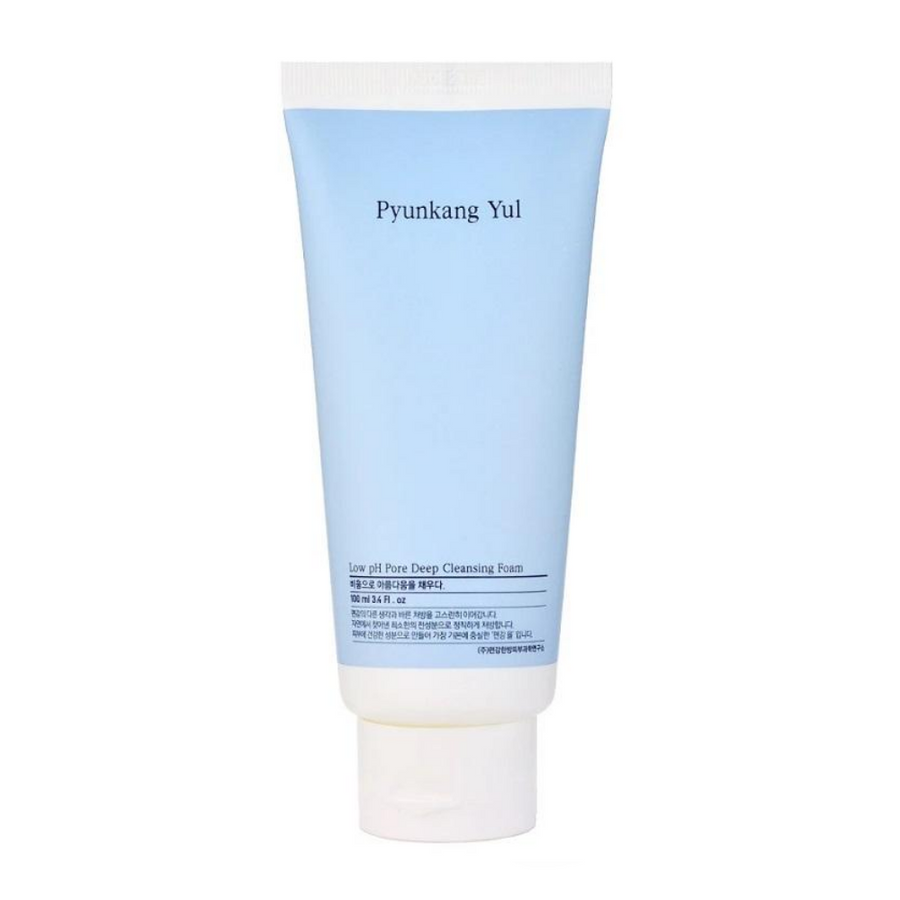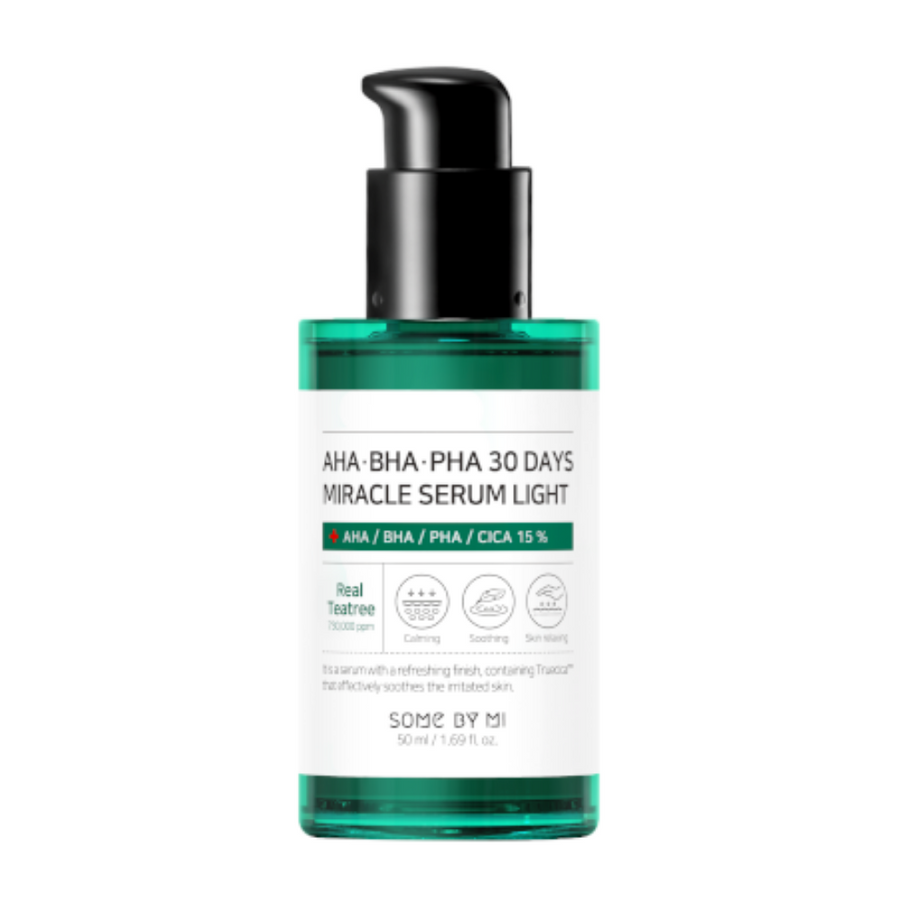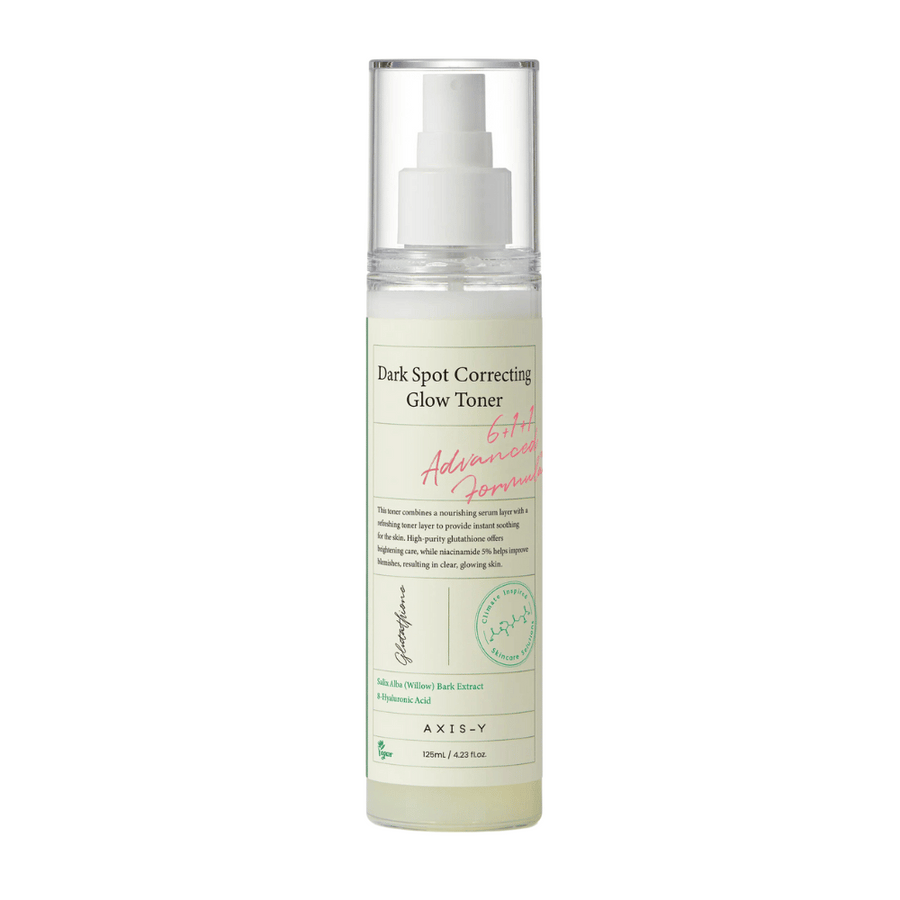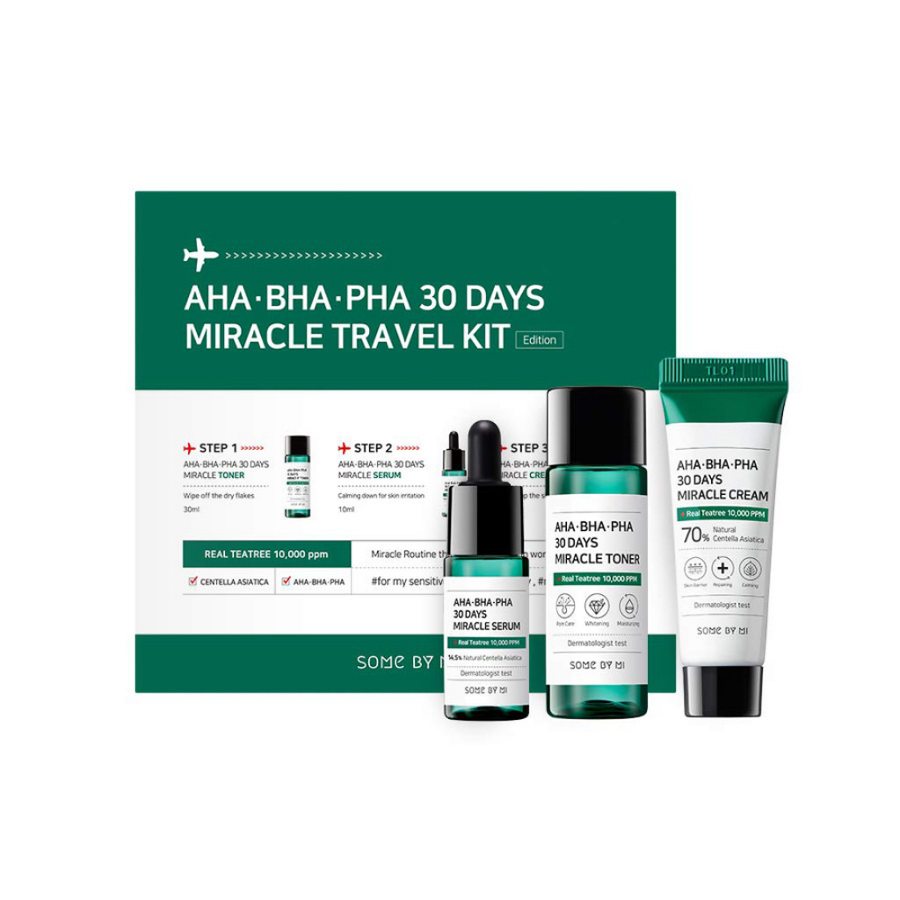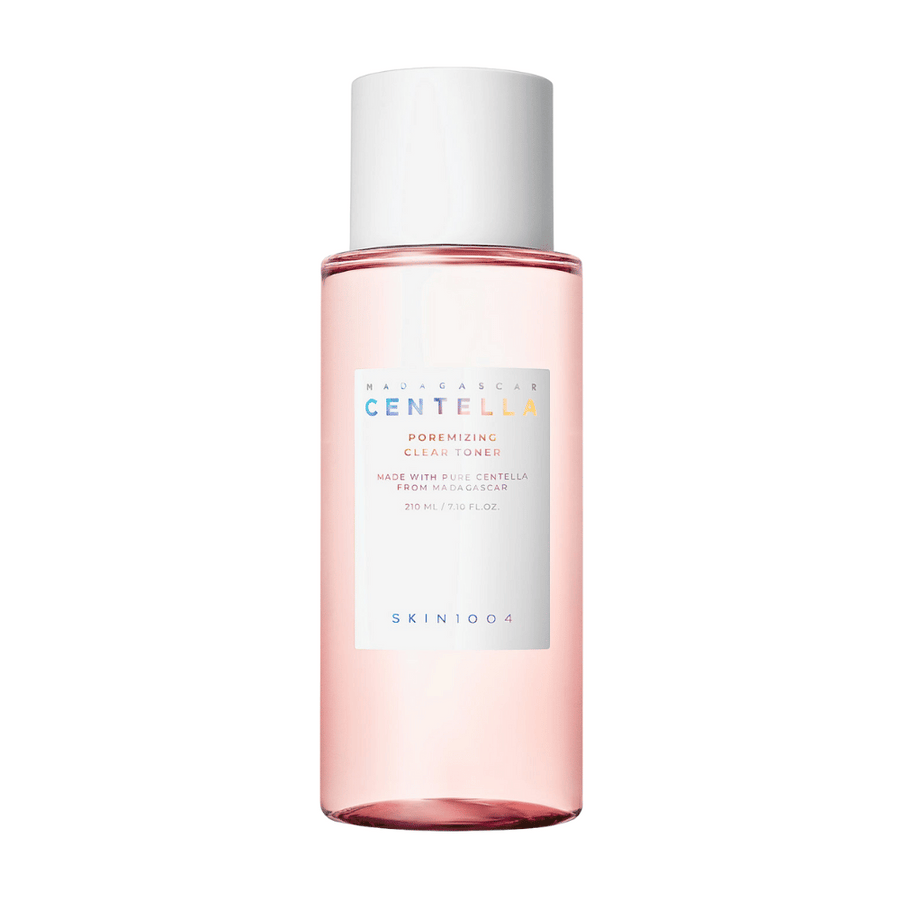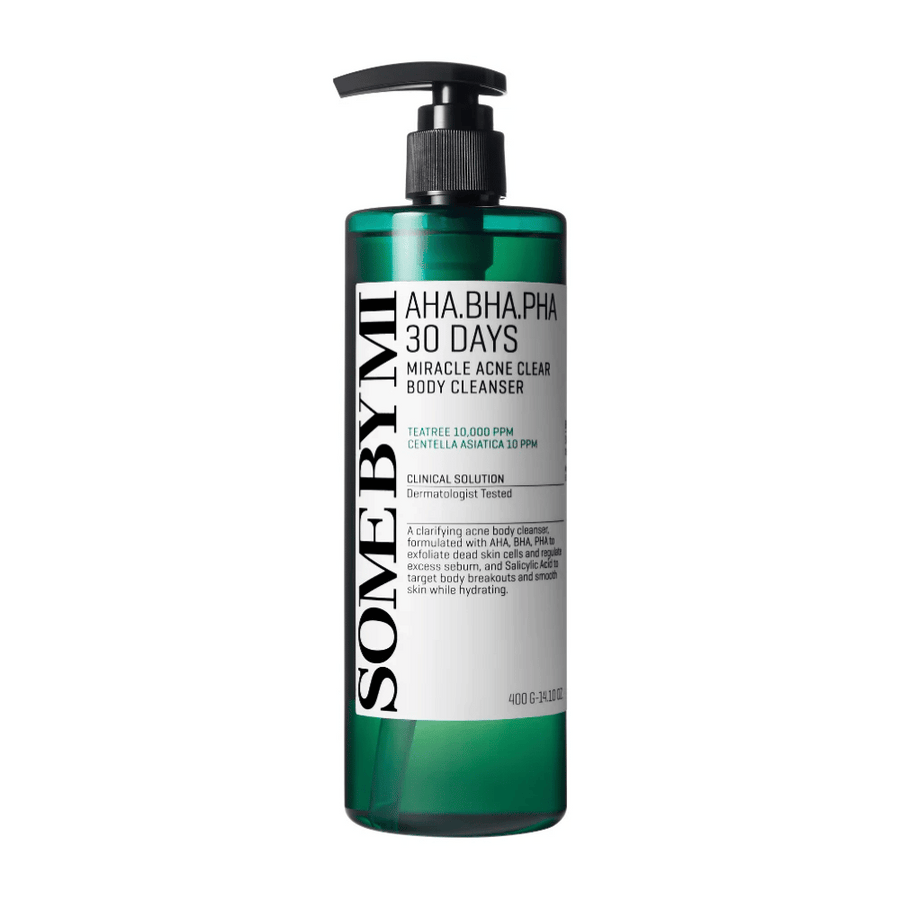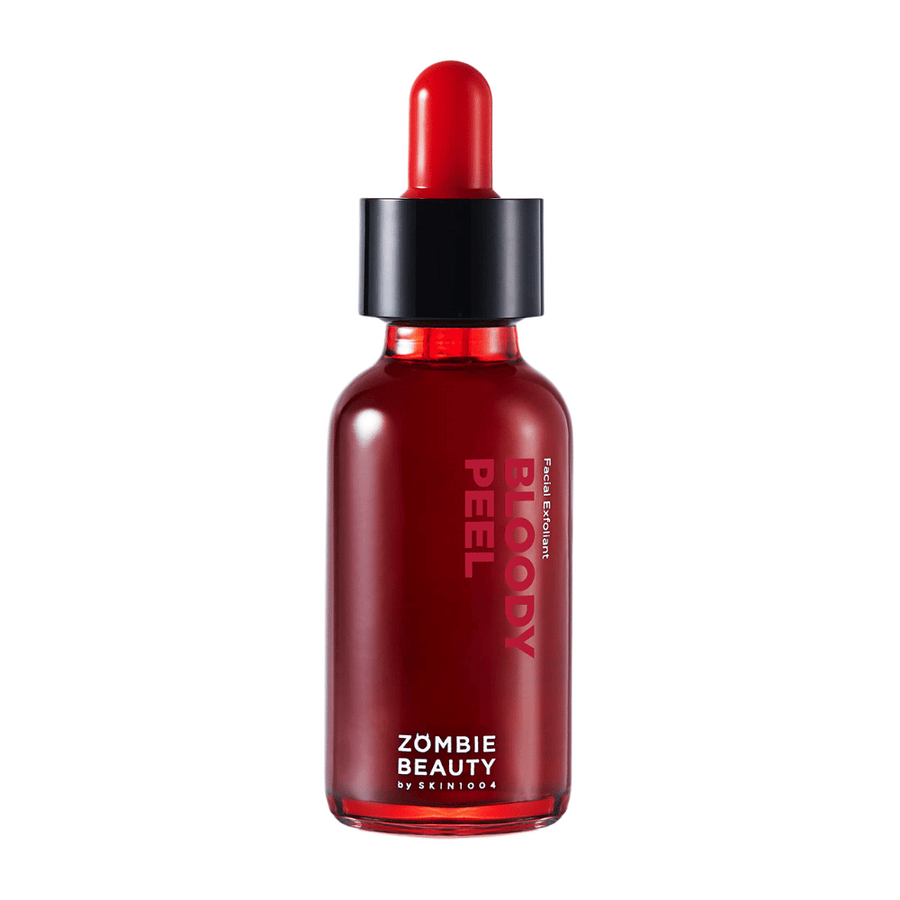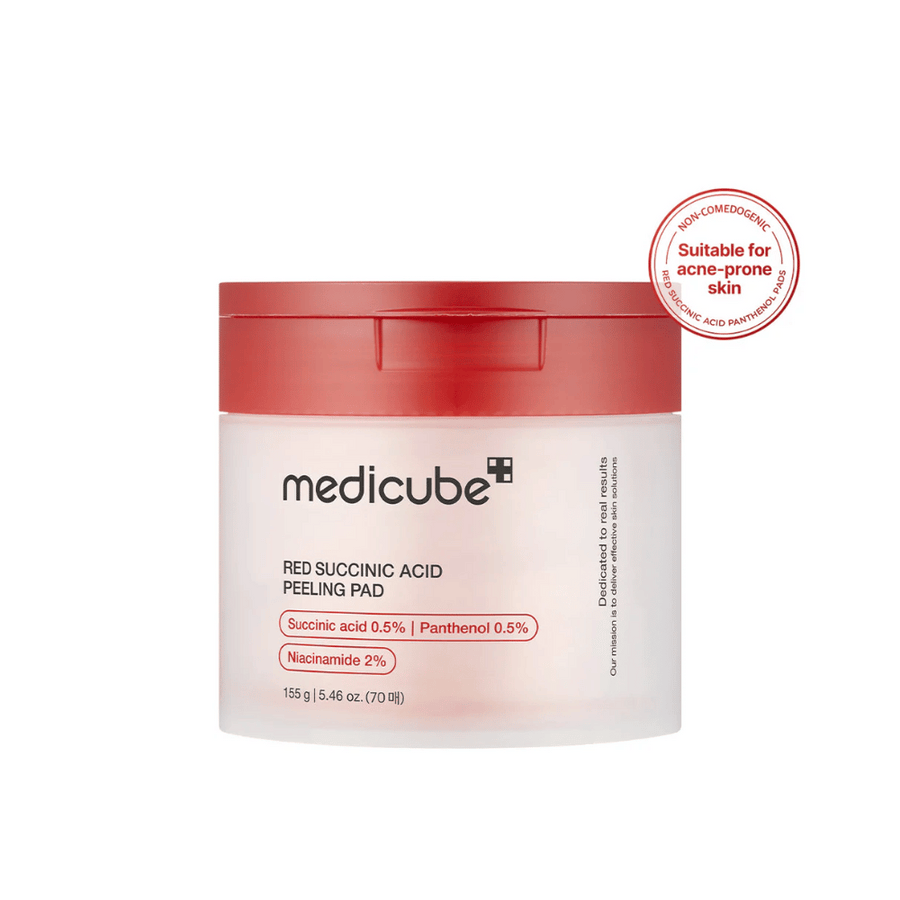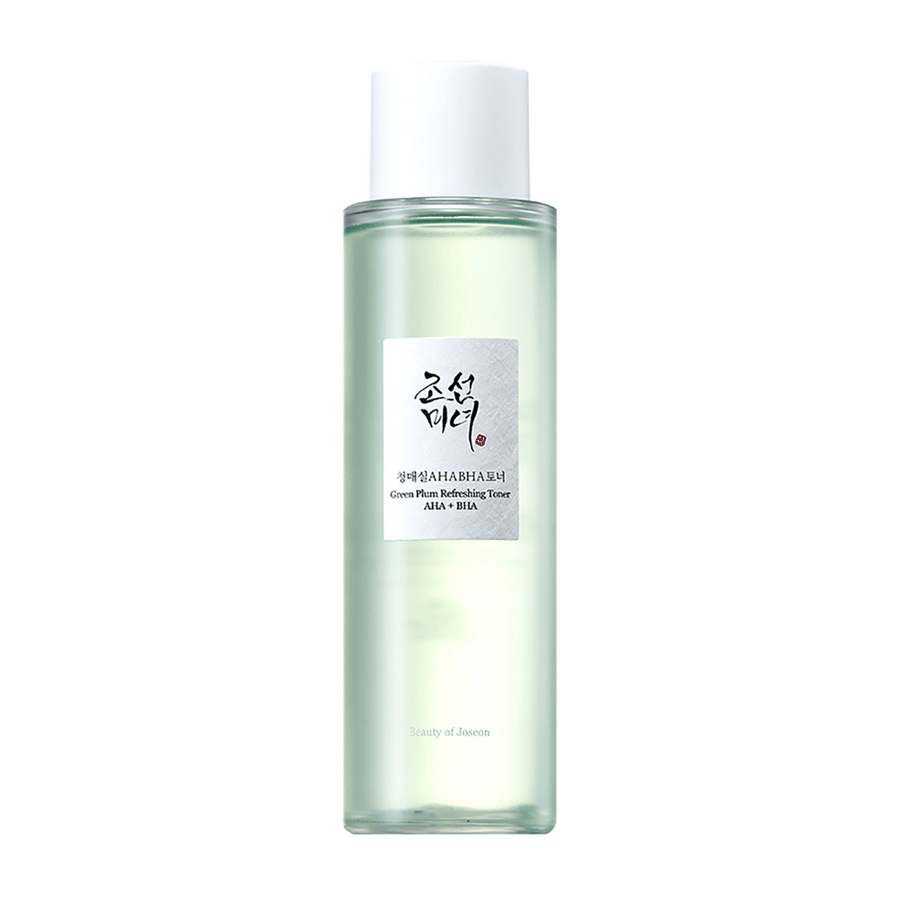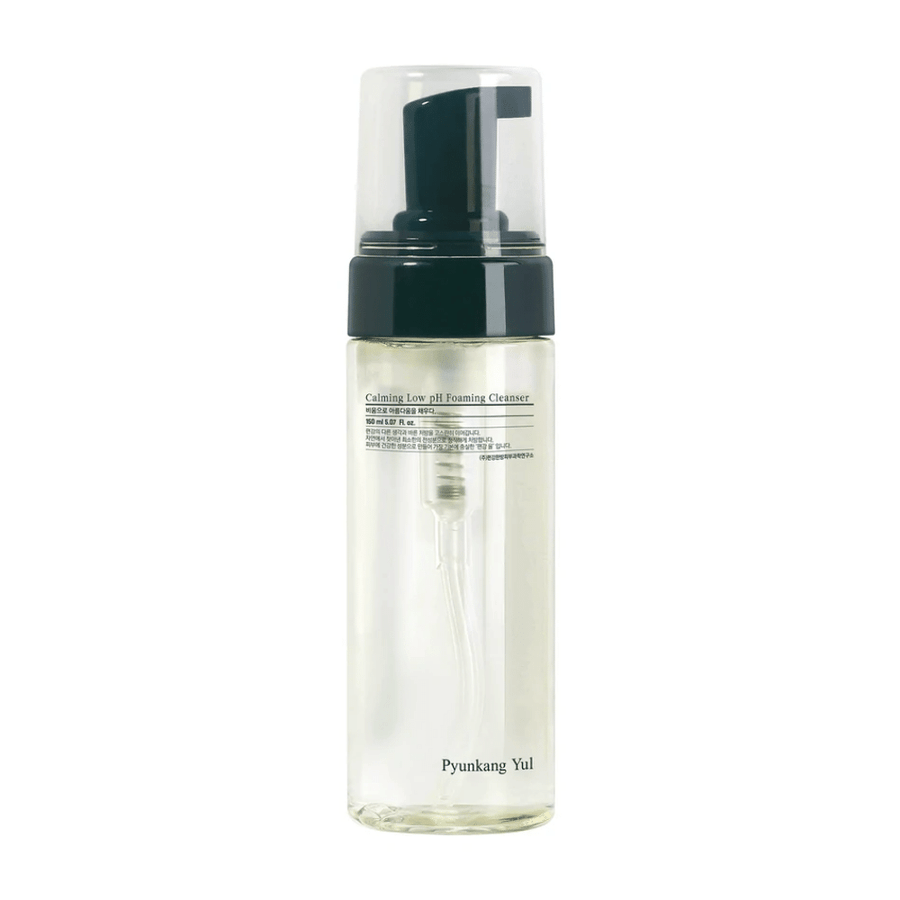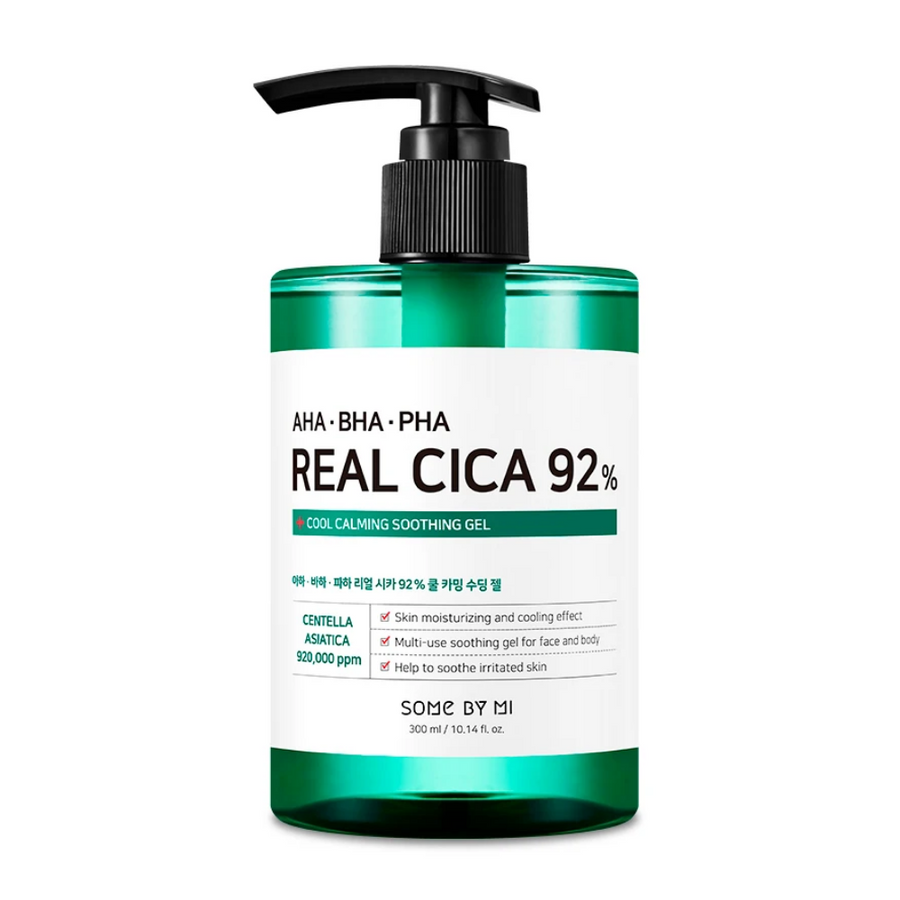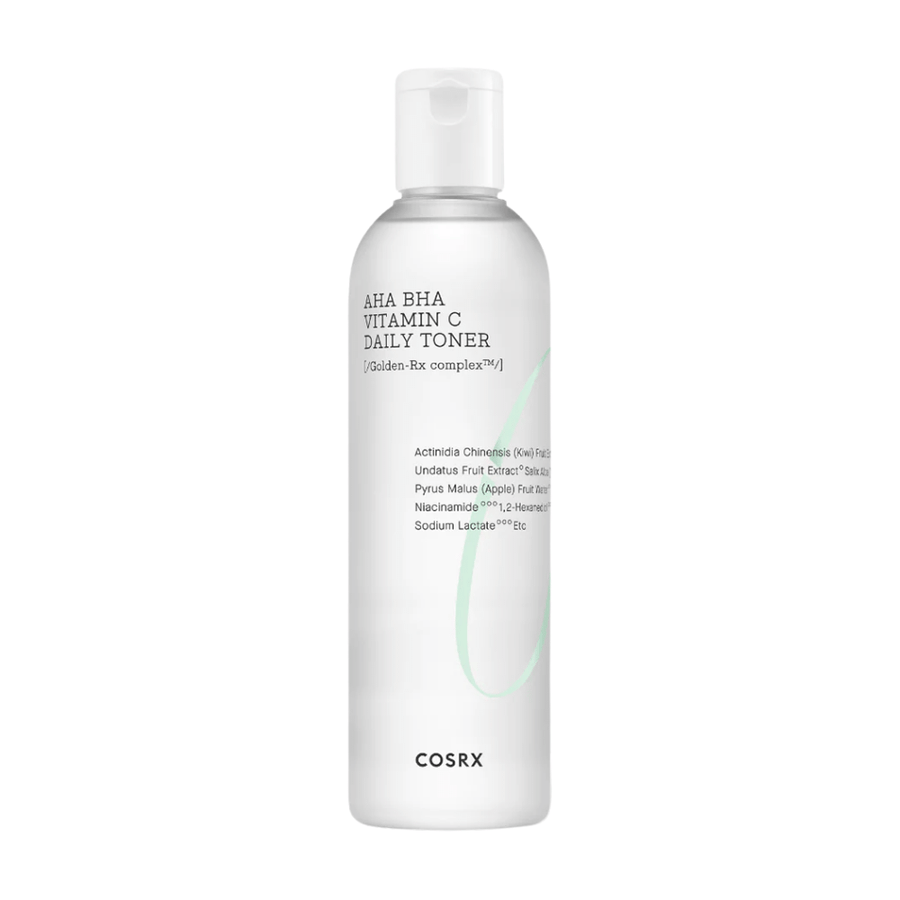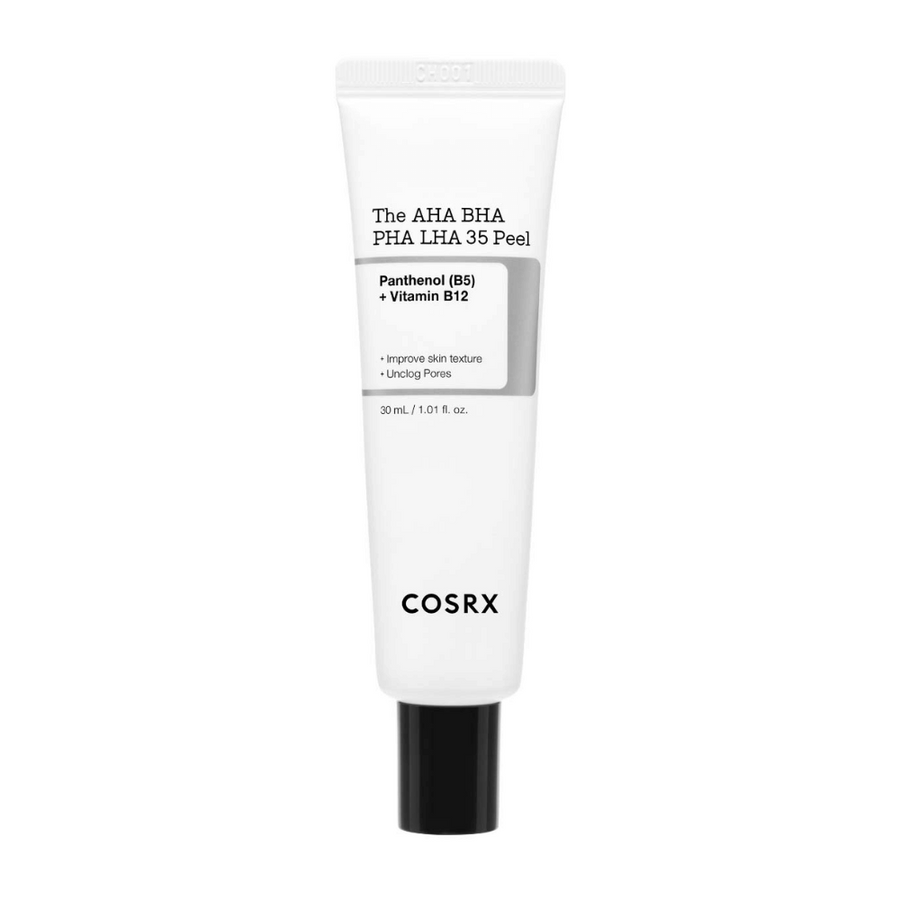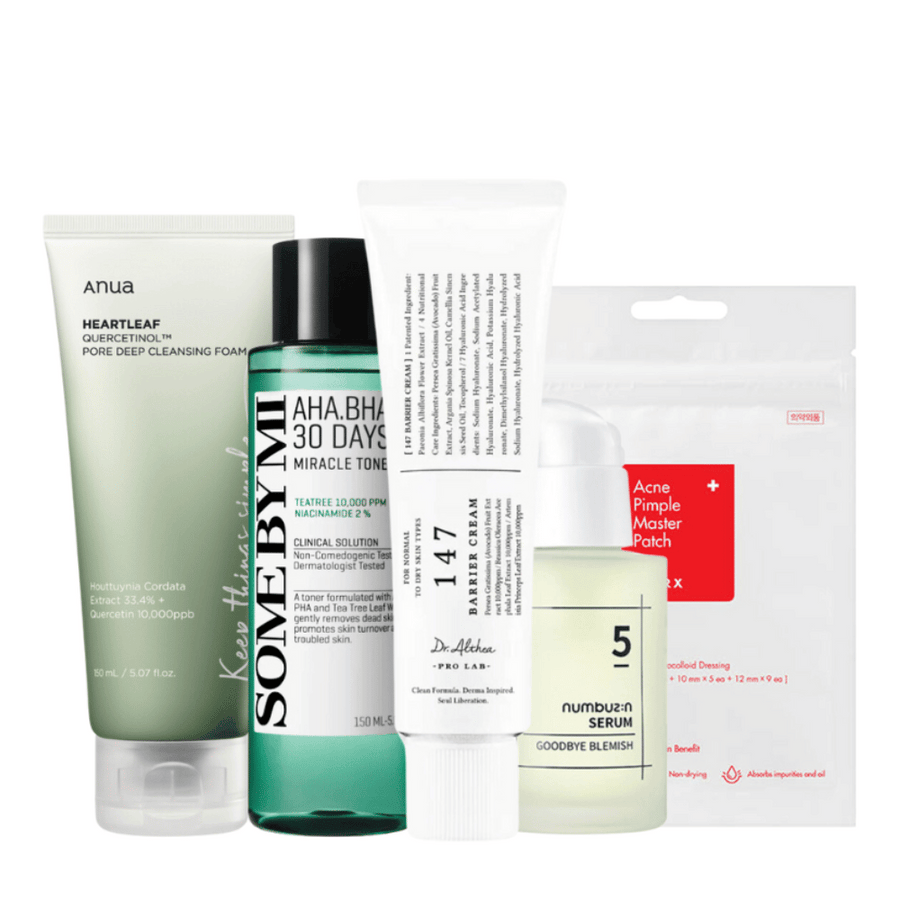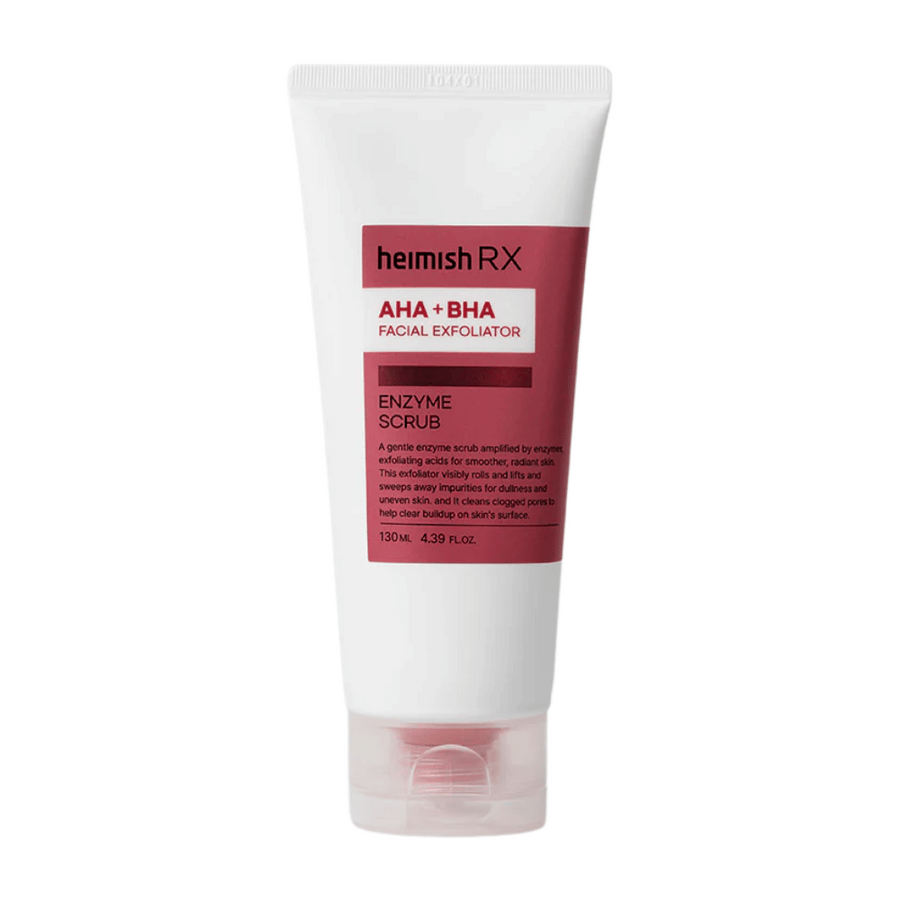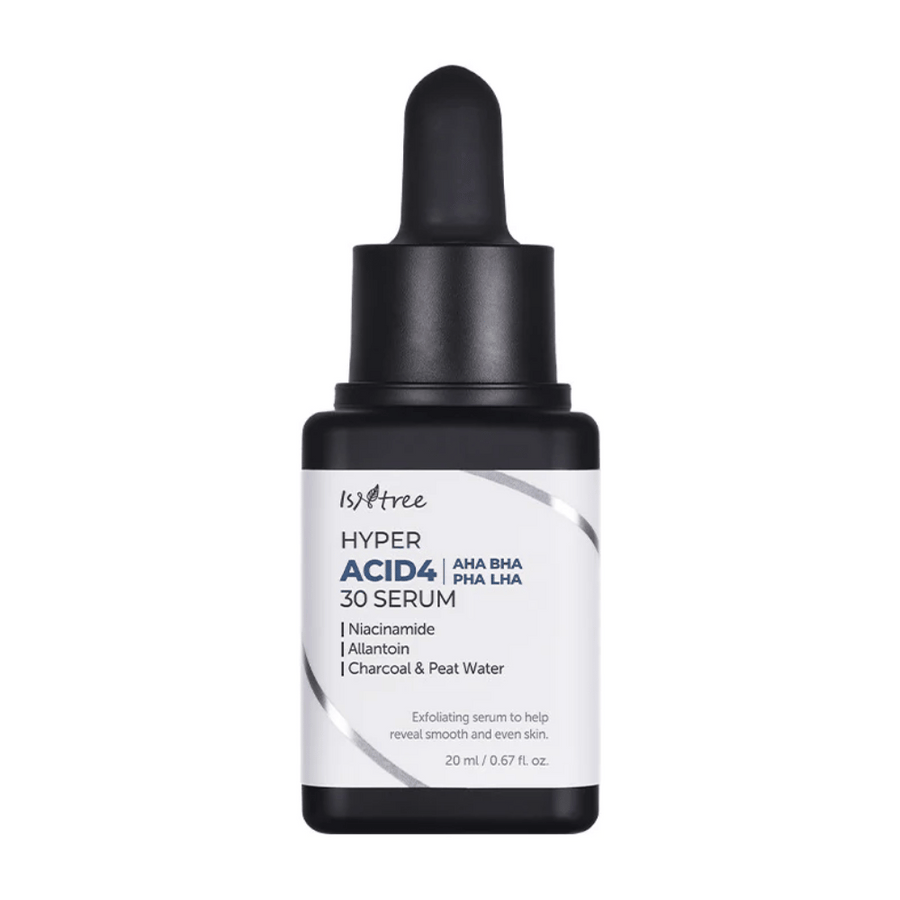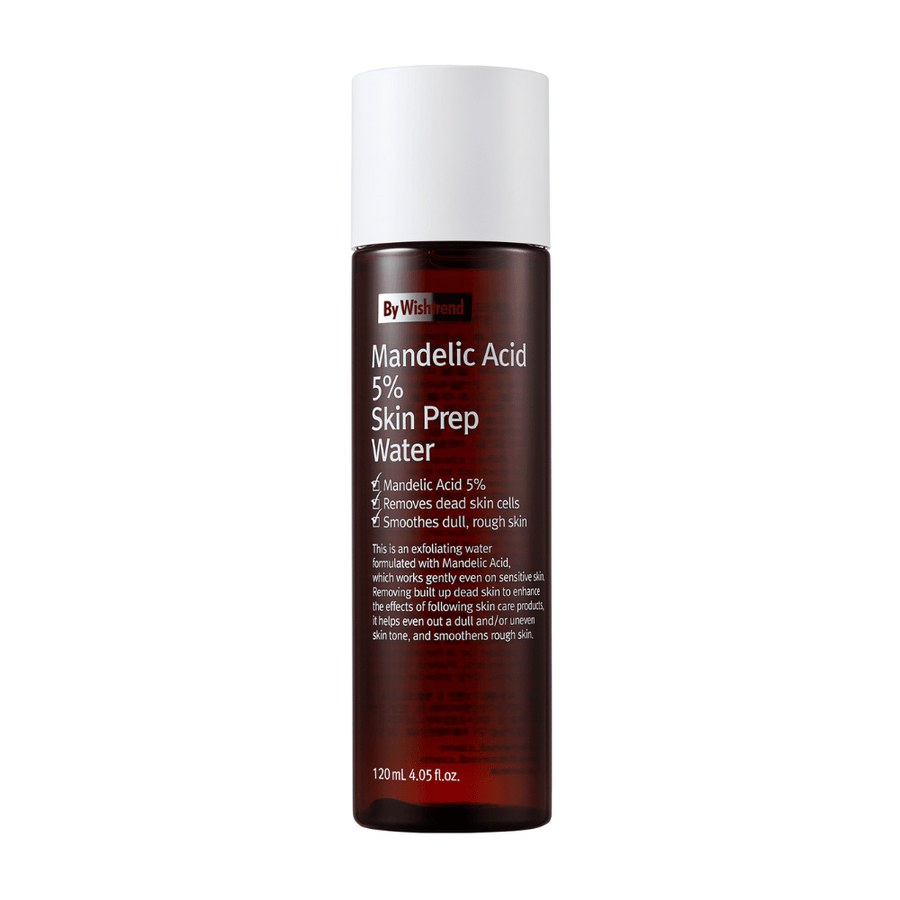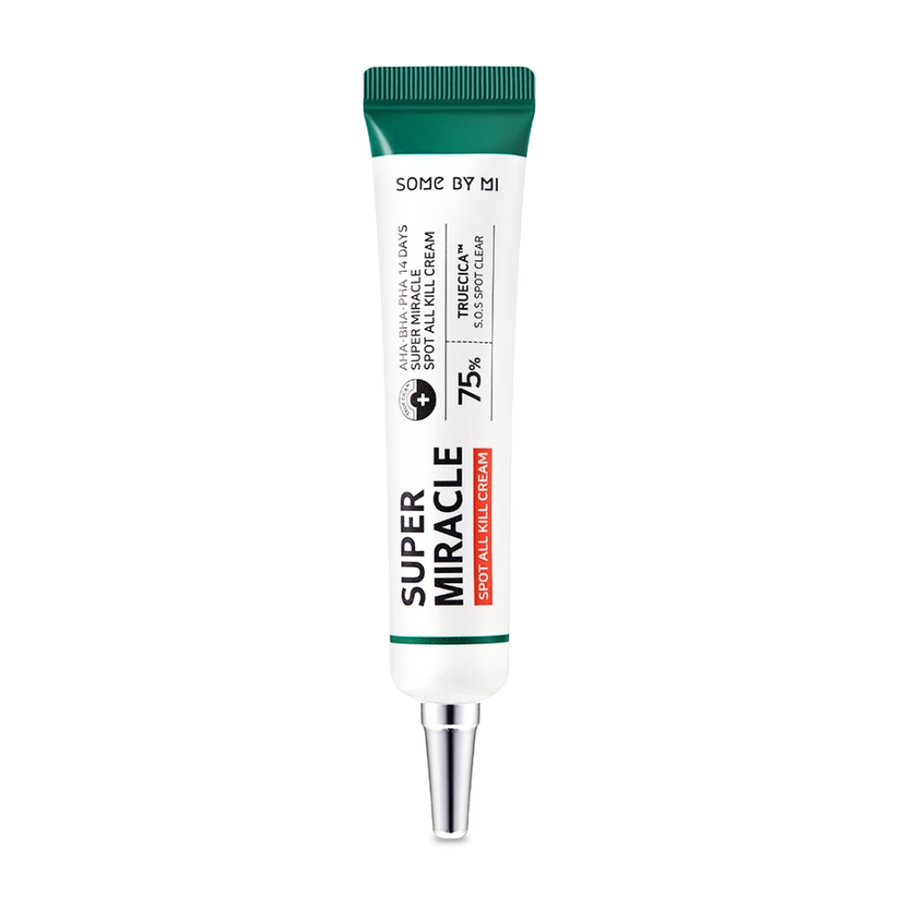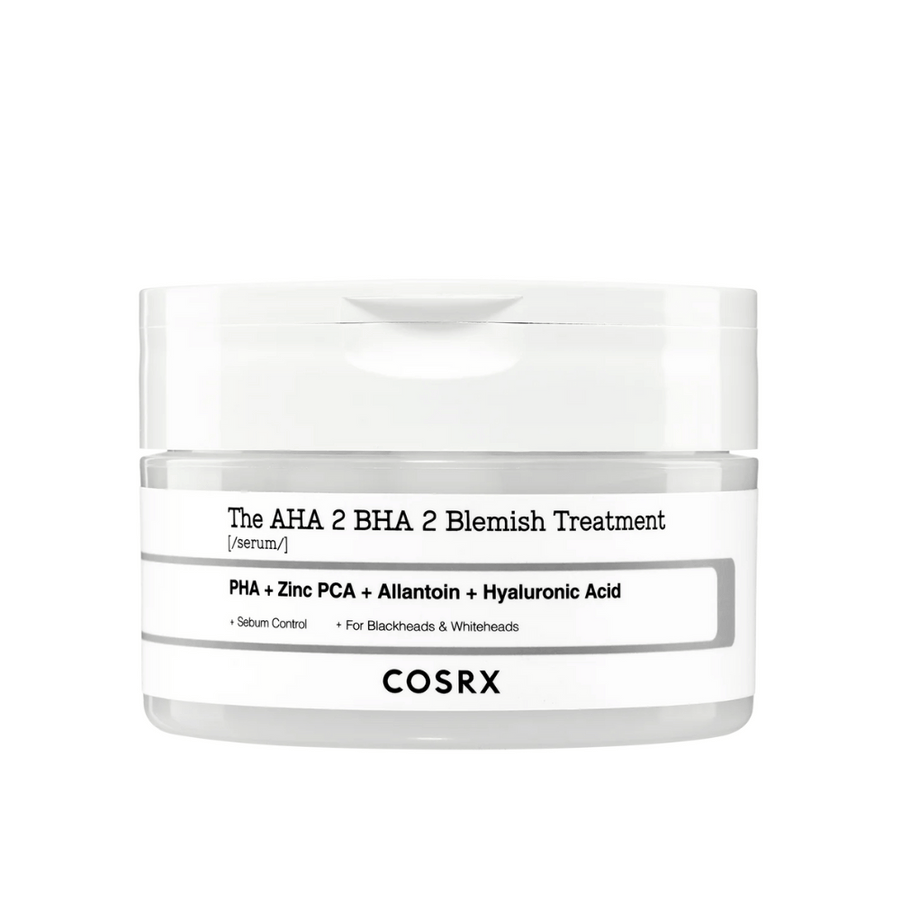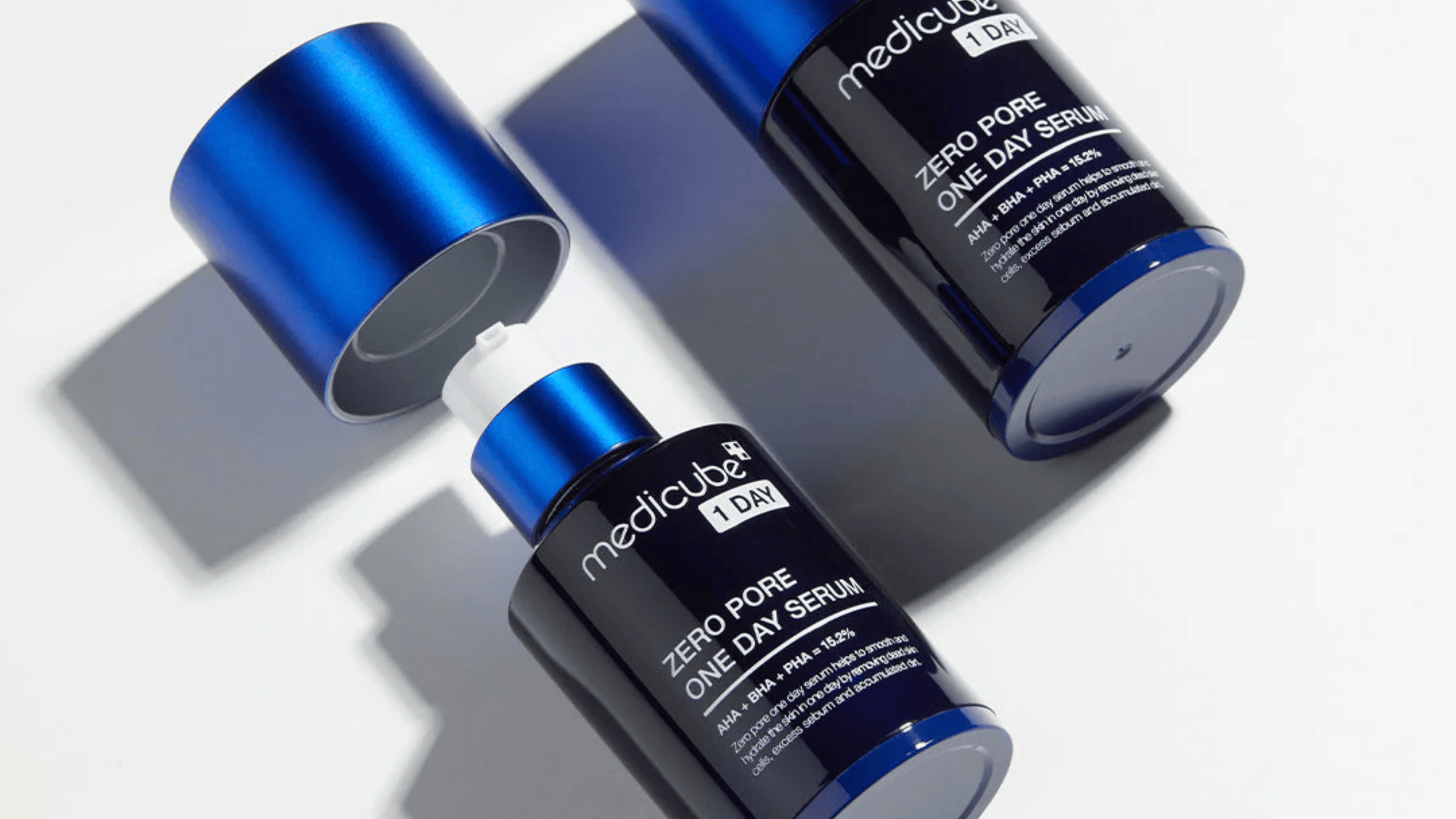
AHA acid, or alpha hydroxy acid, is an important ingredient in skincare that exfoliates dead skin cells and improves skin texture. It helps you achieve smoother and more radiant skin. In this text, we explain what AHA acid is, how it works, and what benefits it can provide for your skin. It is also important to use acids in skincare routines with caution and in accordance with recommendations from skin therapists to avoid over-treating the skin.
Key Takeaways
- AHA acids, such as glycolic acid and lactic acid, exfoliate the skin, improve skin texture, and increase radiance, which is beneficial for a variety of skin types.
- Regular use of AHA acids can reduce visible signs of aging such as wrinkles and fine lines by stimulating cell renewal.
- Proper use of AHA acids is crucial to avoid irritation; it is best to start with low frequency and combine them with sunscreen to protect the skin.
What is AHA Acid?
AHA acids, or alpha hydroxy acid, are naturally occurring acids extracted from fruits, milk, and sugar cane. Glycolic acid can be naturally extracted from sugar cane. AHA acids are derived from various natural sources such as apples, bitter almonds, and sugar cane. These acids are known for their exfoliating properties, which means they help remove dead skin cells from the skin's surface and stimulate cell renewal. But what does hydroxy acid really mean for your skin?
By exfoliating the skin with AHA acids, you can achieve a more even skin tone and improved skin texture. This makes the skin fresher and more resilient, which is particularly beneficial for those with:
- dry skin
- normal skin
- mature skin
- dull skin
AHA acids also work by improving the skin's radiance, giving you a glowing complexion.
AHA acids are versatile and can be adapted for different skin types and needs. They can be used to treat everything from dryness to fine lines and wrinkles, making them an indispensable part of many skincare routines.
So, if you're looking for an effective method to improve your skin's appearance and health, AHA acids might be the answer. By understanding more about these acids and how they work, you can make informed choices for your skincare routine.
Benefits of AHA Acid
AHA acids offer a range of benefits that can help you achieve that coveted, radiant skin. One of the most immediate benefits is that they increase the skin's radiance by exfoliating dead skin cells. This means that your skin looks fresher and more youthful, something most of us strive for.
Another significant benefit of using AHA acids is their ability to even out skin tone. Whether you're dealing with hyperpigmentation or uneven skin tone, AHA acids can help create a smoother and more uniform skin color. This is particularly useful for people struggling with sun damage or age spots.
For those concerned about signs of aging, AHA acids can be a powerful tool. Regular use of these acids can lead to fine lines and wrinkles becoming less visible. By stimulating cell renewal and improving skin texture, AHA acids can help you maintain youthful and resilient skin longer.
Different Types of AHA Acids
There are several different types of AHA acids, each with its unique benefits. The most commonly used types in cosmetics are:
- Glycolic acid
- Lactic acid
- Malic acid
- Citric acid
- Tartaric acid
Each acid has its own specific properties and can be used for treat various skin problems.
Let's take a closer look at some of the most popular AHA acids.
Glycolic Acid
Glycolic acid is one of the most well-known AHA acids and is known for its effective exfoliating ability. It has the smallest molecular size among the AHA acids, allowing it to penetrate deeply into the skin and be quickly absorbed. Glycolic acid is naturally derived from sugar cane, which contributes to its natural and effective properties in skincare. This makes glycolic acid extremely effective in improving skin texture and appearance.
Glycolic acid is especially good for reducing visible signs of aging, such as wrinkles and fine lines. By promoting cell renewal and removing dead skin cells, glycolic acid can help you achieve a more youthful complexion. If you are looking for a powerful ingredient to combat signs of aging, glycolic acid is definitely worth considering.
Lactic Acid
Lactic acid is another popular AHA acid known for its mild exfoliating properties. It is derived from sour milk products as well as fermented fruits and vegetables, making it gentle on the skin. Lactic acid is particularly good for maintaining the skin's natural pH level, making it ideal for both dry and oily skin.
For people with sensitive skin, lactic acid is often the best choice. It not only helps to exfoliate the skin gently but also improves skin texture by removing dead skin cells. If you have sensitive skin but still want to benefit from the advantages of AHA acids, lactic acid is an excellent option.
Mandelic Acid
Mandelic acid is a mild AHA acid known for its antibacterial properties. It is effective against acne and hyperpigmentation, making it a good choice for people with these skin issues. Mandelic acid dissolves dead skin cells and improves skin texture, making the skin look healthier and more radiant.
Another advantage of mandelic acid is that it works optimally for skin prone to melasma. Being mild enough for most skin types, mandelic acid can be used by almost everyone, making it a versatile and effective ingredient in your skincare routine.
Practical Tips for Using AHA Acids
Using AHA acids correctly is crucial to avoid irritation and maximize benefits. Here are some important tips to keep in mind:
- Differentiate between skin types; AHA acids suit differently depending on whether the skin is dry, oily, or sensitive.
- For most people, it is best to start by using AHA once a week.
- Gradually increase the frequency after the skin has adjusted.
By following these guidelines, you can get the most out of AHA acids without causing irritation.
It is also important to introduce active skincare products gradually to avoid irritation. By doing so, you can allow your skin to adapt to new ingredients and minimize the risk of side effects. AHA acids help to improve the skin's moisture-retaining ability, contributing to a radiant complexion.
To achieve the best possible results from your AHA acid, remember to always use sun protection as the skin becomes more sensitive to the sun's rays after exfoliation. By following these practical tips, you can enjoy all the benefits of AHA acids without causing damage to your skin.
Common Mistakes When Applying AHA Acid
Despite their many benefits, AHA acids can cause problems if used incorrectly. Common mistakes include over-exfoliation, which can lead to irritation, redness, and even damage to the skin's barrier. To avoid this, it is important not to use too strong acids or apply them too often.
By being aware of these common mistakes, you can maximize the benefits of AHA acids. Understanding how to correctly use these acids is the key to achieving improved skin texture and a smoother skin tone without causing damage or irritation.
The Difference Between AHA Acid and Other Acids in Skincare
AHA acids are not the only acids used in skincare. BHA acids, such as salicylic acid, are particularly effective at cleansing pores of sebum and dirt, making them ideal for oily skin. AHA acids, like glycolic acid and lactic acid, are known for enhancing skin texture and glow.
Another category is PHA acids, like gluconolactone, which are milder and suitable for sensitive skin. The choice of acid should be based on skin type and specific skin issues you want to address. By understanding the differences between these various acids, you can choose the one that best suits your skincare needs.
AHA acids, BHA acids, and PHA acids each have their unique benefits and uses. By combining them in the right way, you can create a skincare routine that effectively addresses your specific skin concerns and helps you achieve healthier skin.
Safety and Precautions
Safety is an important factor when it comes to using AHA acids. Here are some key points to keep in mind:
- Introduce AHA acids gradually into your skincare routine to avoid over-exfoliation.
- After using AHA acids, the skin is more sensitive to the sun's rays, making it important to avoid sun exposure as much as possible.
- For optimal protection, sunscreen with at least SPF 40 is recommended during sun exposure after AHA use.
Using too strong acids or overusing AHA acids can lead to irritation and damage to the skin's barrier. The use of AHA acids can also lead to tenderness and dryness of the skin during the healing process. By following these safety tips, you can enjoy all the benefits of AHA acids without causing damage to your skin.
It is also wise to consult a trained skincare therapist before starting to use AHA acids, especially if you have sensitive skin or other skin issues. By taking these precautions, you can ensure that you use AHA acids in a safe and effective manner.
Using AHA Acid Together with Other Active Ingredients
By combining AHA acids with other active ingredients, you can optimize your skincare results. An effective combination is to use AHA and BHA together. BHA, like salicylic acid, helps to open up the pores, allowing AHA acids to work deeper and more effectively. This makes it possible to exfoliate the skin on multiple levels and improve the overall texture and glow of the skin.
AHA acids can also enhance the results of antioxidants like vitamin C. By combining these ingredients, you can strengthen the skin's protection against free radicals and sun damage.
Niacinamide works well with BHA by helping to reduce the visibility of pores after salicylic acid has cleared them. By understanding how to best combine different active ingredients, you can create a more effective and tailored skincare routine.
Products with AHA acid
Products with AHA acid are common in skincare and can be found in various forms, such as facial creams, serums, and cleansing products. These products often contain a combination of different AHA acids, such as glycolic acid, lactic acid, and mandelic acid, which work together to provide the skin with a deep cleanse and exfoliation.
Some examples of products with AHA acid are:
- Facial creams: These may contain glycolic acid or lactic acid to help reduce fine lines and wrinkles. By using a facial cream with AHA acids, you can improve the skin's texture and achieve a more even skin tone.
- Serums: Serums with mandelic acid are excellent for exfoliating the skin and reducing pore size. They are often formulated to penetrate deeply into the skin and provide an intensive treatment.
- Cleansing products: Cleansing products that contain a combination of different AHA acids can provide the skin with a deep cleanse and exfoliation. These products help remove dead skin cells and prepare the skin for subsequent skincare steps.
By including products with AHA acid in your daily skincare routine, you can achieve healthier and more radiant skin. It is important to choose products that suit your skin type and use them regularly for the best results.
AHA acids and skin type
AHA acids can be used on different skin types, but it is important to choose the right product and concentration for your specific skin type. Here are some guidelines for choosing the right AHA acid based on your skin type:
- Normal to dry skin: Lactic acid and glycolic acid are excellent choices for normal to dry skin. These acids help to hydrate and exfoliate the skin, resulting in a softer and more radiant complexion.
- Oily skin: For oily skin, glycolic acid and salicylic acid are good choices. These acids help to reduce pore size and control oil production, which can decrease the occurrence of pimples and blackheads.
- Sensitive skin: Mandelic acid and lactic acid are mild and gentle options for sensitive skin. These acids exfoliate the skin without causing irritation, making them ideal for people with sensitive skin.
It is also important to start with a low concentration of AHA acids and gradually increase it if your skin tolerates it. This helps to minimize the risk of irritation and allows the skin to adapt to the active ingredients. Remember to always use sunscreen after using products with AHA acid, as they can increase the skin's sensitivity to the sun.
By choosing the right AHA acid for your skin type and using it correctly, you can achieve healthier and more radiant skin.
Summary
In summary, AHA acids offer a range of benefits for your skin, from exfoliating dead skin cells to improving skin radiance and reducing visible signs of aging. By understanding the different types of AHA acids and how they work, you can choose the one that best suits your specific skin needs and goals.
Using AHA acids correctly, along with other active ingredients and following safety precautions, can lead to healthier and more radiant skin. By following practical tips and avoiding common mistakes, you can maximize the benefits of AHA acids. Good luck on your journey towards healthy and radiant skin!
Common questions and svar
What are AHA acids and where do they come from?
AHA acids are naturally occurring acids extracted from fruits, milk, and sugar cane. AHA acids are extracted from various natural sources such as apples, bitter almonds, and sugar cane, making them popular in skincare for their exfoliating properties. These acids help improve the texture and appearance of the skin.
What are the biggest benefits of using AHA acids?
One of the biggest benefits of AHA acids is their ability to exfoliate dead skin cells, which in turn provides improved radiance and a more even skin tone. Additionally, they can reduce visible signs of aging, including fine lines and wrinkles.
How do I use AHA acids safely?
To use AHA acids safely, gradually introduce them into your skincare routine and make sure to use sunscreen with at least SPF 40 to protect the skin. This minimizes the risk of irritation and sun damage.
Can I combine AHA acids with other active ingredients?
Yes, AHA acids can be effectively combined with other active ingredients such as BHA and antioxidants like vitamin C to enhance skincare results. It is important to test combinations on a small area first to avoid irritation.
What is the difference between AHA acids and other types of acids in skincare?
AHA acids improve skin texture and radiance, while other acids like BHA focus on cleaning pores. PHA is milder and suited for sensitive skin. The choice of acid depends on your skin type and specific needs.





